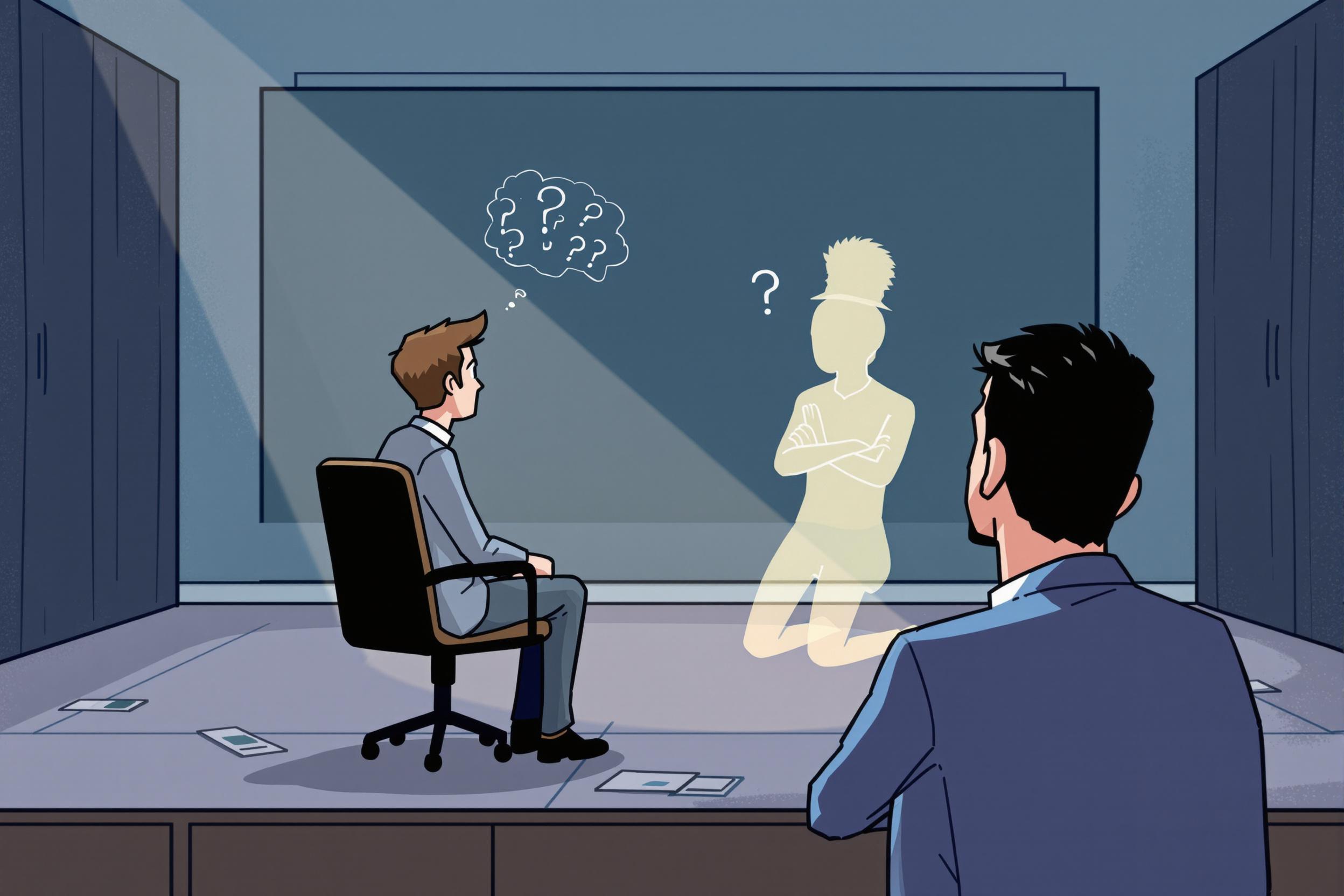
Form Shadow
Form shadow is a basic drawing and illustration technique where artists add shadows that follow the shape of an object to create depth and dimension. It's different from regular shadows because it closely hugs the form of the object, making images look more three-dimensional and realistic. Think of it like the shadow you'd see under a ball sitting on a table - it helps show where the object sits in space. This technique is especially important in product illustration, character design, and commercial artwork.
Examples in Resumes
Created product illustrations using Form Shadow techniques to enhance depth
Applied Form Shadow and Cast Shadow methods in character design projects
Developed educational materials teaching Form Shadow principles for beginner artists
Typical job title: "Illustrators"
Also try searching for:
Where to Find Illustrators
Online Learning Communities
Professional Networks
Job Resources
Example Interview Questions
Senior Level Questions
Q: How do you approach teaching form shadow techniques to junior artists?
Expected Answer: A senior artist should discuss their mentoring experience, ability to break down complex concepts into simple steps, and methods for explaining light behavior and shadow placement to beginners.
Q: How do you integrate form shadows in different artistic styles?
Expected Answer: They should explain how form shadows can be adapted for various styles from realistic to stylized, and how they adjust the technique for different client needs and project requirements.
Mid Level Questions
Q: Can you explain your process for planning form shadows in a complex illustration?
Expected Answer: Should describe their workflow for analyzing light sources, determining shadow placement, and how they maintain consistency across multiple objects in a scene.
Q: How do you handle form shadows in different lighting conditions?
Expected Answer: Should demonstrate understanding of how different light sources affect shadow intensity and placement, and how to adjust shadows for various lighting scenarios.
Junior Level Questions
Q: What is the difference between form shadows and cast shadows?
Expected Answer: Should be able to explain that form shadows follow the shape of the object itself, while cast shadows are created when an object blocks light from reaching another surface.
Q: How do you determine where to place form shadows on basic shapes?
Expected Answer: Should explain basic understanding of light direction and how it affects where shadows appear on simple forms like spheres, cubes, and cylinders.
Experience Level Indicators
Junior (0-2 years)
- Basic understanding of light and shadow
- Form shadow application on simple shapes
- Digital drawing tools knowledge
- Basic composition skills
Mid (2-5 years)
- Complex shadow rendering
- Multiple light source handling
- Style adaptation capabilities
- Efficient workflow processes
Senior (5+ years)
- Advanced lighting techniques
- Project art direction
- Teaching and mentoring ability
- Client communication expertise
Red Flags to Watch For
- Unable to explain basic lighting principles
- No understanding of shadow placement
- Lack of portfolio showing form shadow usage
- Poor knowledge of industry-standard illustration tools
Related Terms
Need more hiring wisdom? Check these out...

Ghosted Again? How to Stop Candidates from Disappearing and Start Engaging Them Better

Digital Apprenticeships: Crafting the Future Workforce Pipeline

Global Compliance Checks: The Hidden Puzzle Pieces of Background Screening Revealed

